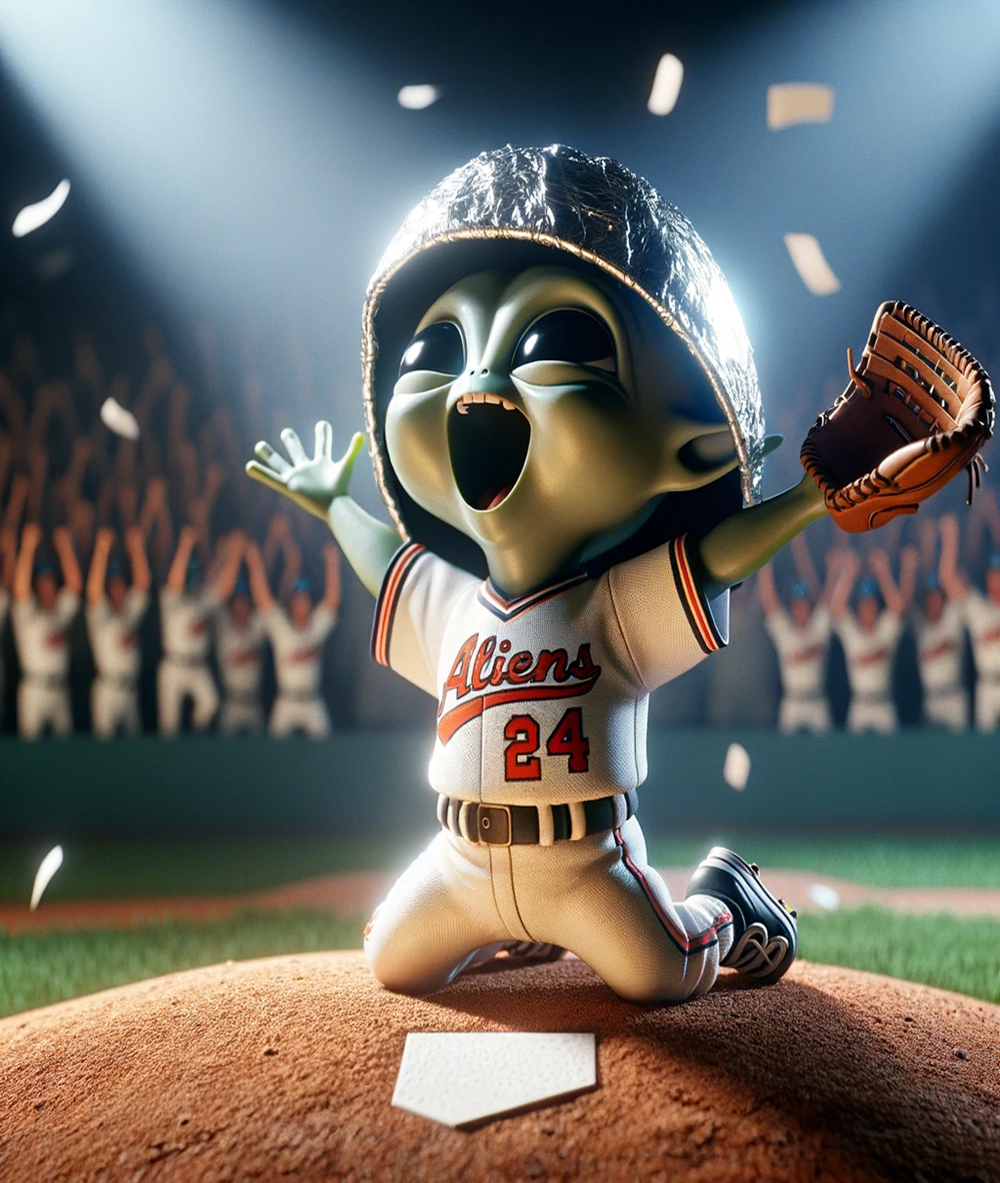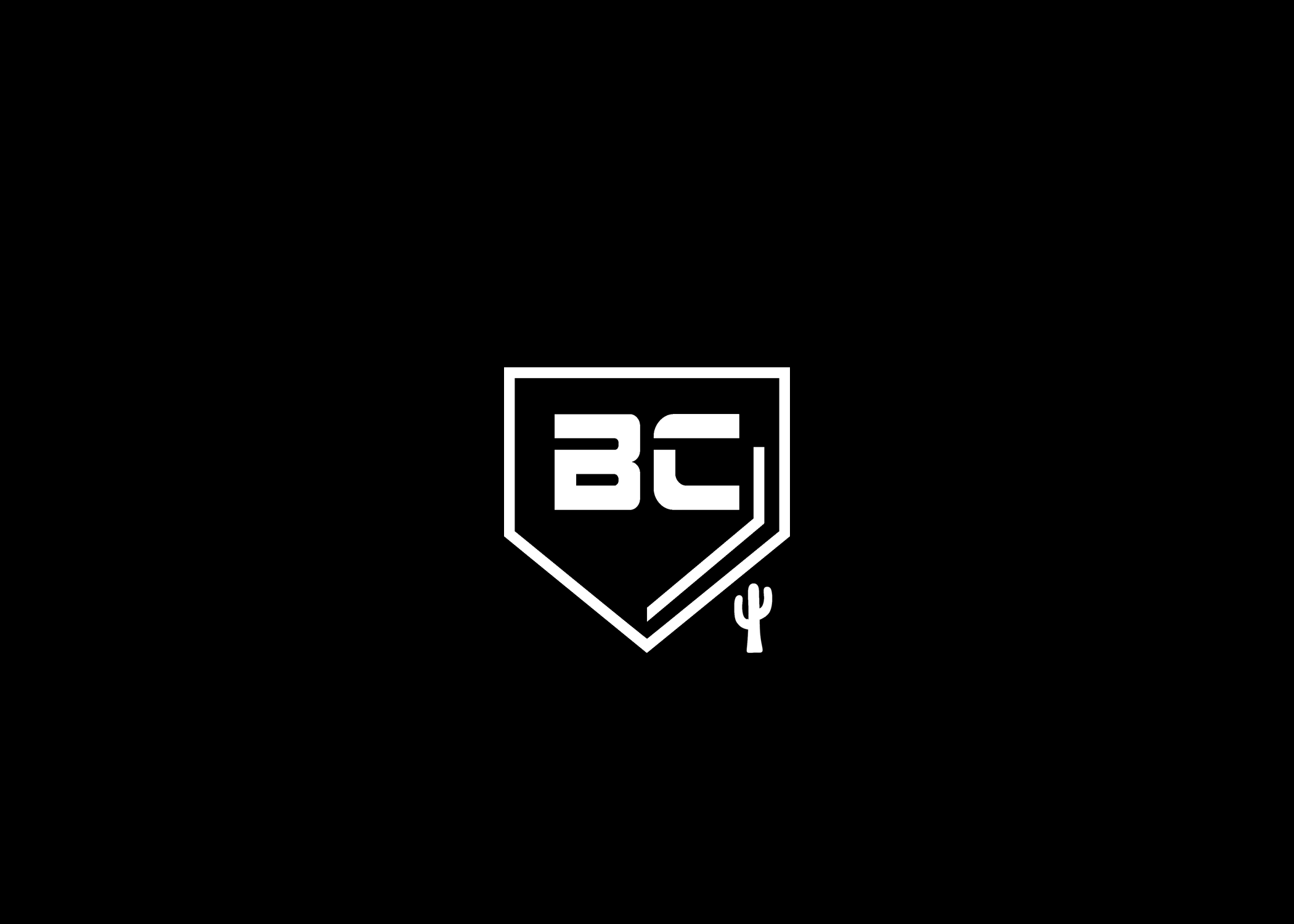3 Questions to Improve Your Pitching

I start all of my pitching lessons the same regardless of age or skill level. There are three questions that tell me everything I need to know about where a client is at and how much they know about the art of pitching. Within a 30-minute session, a client will be walking away with almost every answer to any pitching problem, well, kind of. I’ll expand upon these three questions and explain how they take care of nearly any issue that a player might experience on the mound.
Question 1:
Where do you lift your leg to?
Every time I ask this question, I get the same answer: the player will lift his leg in a pitching-like motion and say, “somewhere around here.” The "somewhere around here" response is probably the most common reason why players come to me or anyone else for pitching lessons. I tell every player the same thing after their uncertain response. Pitching is specific; it’s specific because home plate is a specific size, which means the strike zone is a specific size. When a player says "somewhere around here," that's a vague answer to something that needs to be very specific. The correct answer to that question is, wherever you want to lift your leg to, as long as it’s consistent. Baseball is a repetition sport; we go through rep after rep to build a pattern for our body to remember. When we bring our leg to “somewhere around here,” our body isn’t getting a consistent rhythm for the rest of our motion to follow. The “somewhere around here” method is a big reason why sometimes a player will throw a really good game and the very next appearance they have no ability to find the strike zone. In the good outing, the player was likely accidentally lifting his leg to a consistent spot, allowing his body to repeat a strike-throwing pattern, while in the following outing, he accidentally lifted his leg to various points, creating an inconsistent timing and rhythm to the rest of his mechanics.
Question 2:
When do you separate your hands?
Separating your hands is what times up your lower body and upper body. It might sound weird, but our top half and bottom half do not like to work on the same page unless you force it to. For most pitchers, we want to begin separating our hands at the moment our leg begins its descent. Again, this is why lifting our leg to a specific spot is so important. If we are used to lifting our knee up to belly button height and separating our hands the moment our leg starts to move down, our body would recognize that and understand how long our top half needs to get into the correct throwing position. But, if we were to accidentally lift our knee only halfway up to our belly button and still separate our hand at the moment of descent, now our upper half won't have enough time to get into that same throwing position. Here’s a tip for you: it’s very likely if you missed high, you separated late; if you spike a ball in front of home plate, you separated early.
Question 3:
Where do you drive your glove-side elbow?
Our arm loves to follow the leader, that leader is our glove side. While on the mound, we can count on one constant: we’ll always have a catcher. So the answer to this question is, drive your glove-side elbow to the top of your catcher's mask. If separation and leg lift are directly responsible for misses up and down, we can attribute our glove-side arm to misses in and out. By pointing our elbow to the top of our catcher's mask, it encourages us to keep our fingers on top of the ball, which in part keeps our throwing motion in a strike-throwing lane. If our elbow were to point outside of the catcher's mask and then work around to our hip, our arm would follow the leader by also working in the same exact path, allowing our fingers to often fall to the side of the baseball, driving us outside of that strike-throwing lane.
Of course, there’s plenty more to pitching; those are three major foundations that lay the groundwork for every other little adjustment that might need to be made on the mound. If your son is having any trouble on the mound, I encourage you to ask him those three questions and see if he gets them right. If not, now you have an idea of how to help and watch the improvements that follow.
references:
OpenAI's DALL-E. "3 pitching questions." Generated [March 15th, 2024].
